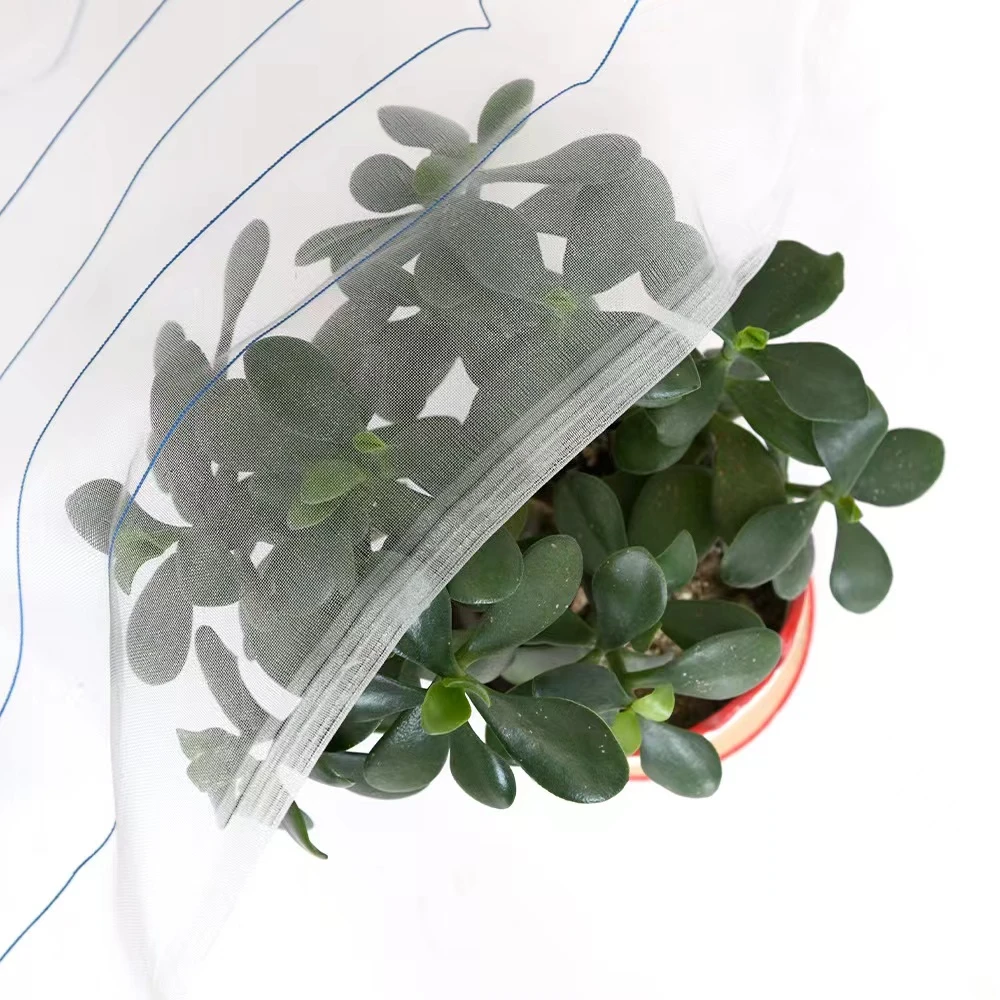-
 Afrikaans
Afrikaans -
 Albanian
Albanian -
 Amharic
Amharic -
 Arabic
Arabic -
 Armenian
Armenian -
 Azerbaijani
Azerbaijani -
 Basque
Basque -
 Belarusian
Belarusian -
 Bengali
Bengali -
 Bosnian
Bosnian -
 Bulgarian
Bulgarian -
 Catalan
Catalan -
 Cebuano
Cebuano -
 China
China -
 Corsican
Corsican -
 Croatian
Croatian -
 Czech
Czech -
 Danish
Danish -
 Dutch
Dutch -
 English
English -
 Esperanto
Esperanto -
 Estonian
Estonian -
 Finnish
Finnish -
 French
French -
 Frisian
Frisian -
 Galician
Galician -
 Georgian
Georgian -
 German
German -
 Greek
Greek -
 Gujarati
Gujarati -
 Haitian Creole
Haitian Creole -
 hausa
hausa -
 hawaiian
hawaiian -
 Hebrew
Hebrew -
 Hindi
Hindi -
 Miao
Miao -
 Hungarian
Hungarian -
 Icelandic
Icelandic -
 igbo
igbo -
 Indonesian
Indonesian -
 irish
irish -
 Italian
Italian -
 Japanese
Japanese -
 Javanese
Javanese -
 Kannada
Kannada -
 kazakh
kazakh -
 Khmer
Khmer -
 Rwandese
Rwandese -
 Korean
Korean -
 Kurdish
Kurdish -
 Kyrgyz
Kyrgyz -
 Lao
Lao -
 Latin
Latin -
 Latvian
Latvian -
 Lithuanian
Lithuanian -
 Luxembourgish
Luxembourgish -
 Macedonian
Macedonian -
 Malgashi
Malgashi -
 Malay
Malay -
 Malayalam
Malayalam -
 Maltese
Maltese -
 Maori
Maori -
 Marathi
Marathi -
 Mongolian
Mongolian -
 Myanmar
Myanmar -
 Nepali
Nepali -
 Norwegian
Norwegian -
 Norwegian
Norwegian -
 Occitan
Occitan -
 Pashto
Pashto -
 Persian
Persian -
 Polish
Polish -
 Portuguese
Portuguese -
 Punjabi
Punjabi -
 Romanian
Romanian -
 Russian
Russian -
 Samoan
Samoan -
 Scottish Gaelic
Scottish Gaelic -
 Serbian
Serbian -
 Sesotho
Sesotho -
 Shona
Shona -
 Sindhi
Sindhi -
 Sinhala
Sinhala -
 Slovak
Slovak -
 Slovenian
Slovenian -
 Somali
Somali -
 Spanish
Spanish -
 Sundanese
Sundanese -
 Swahili
Swahili -
 Swedish
Swedish -
 Tagalog
Tagalog -
 Tajik
Tajik -
 Tamil
Tamil -
 Tatar
Tatar -
 Telugu
Telugu -
 Thai
Thai -
 Turkish
Turkish -
 Turkmen
Turkmen -
 Ukrainian
Ukrainian -
 Urdu
Urdu -
 Uighur
Uighur -
 Uzbek
Uzbek -
 Vietnamese
Vietnamese -
 Welsh
Welsh -
 Bantu
Bantu -
 Yiddish
Yiddish -
 Yoruba
Yoruba -
 Zulu
Zulu
wire mesh screen stainless steel
Understanding Stainless Steel Wire Mesh Screens
Stainless steel wire mesh screens are widely recognized for their versatility and durability, making them an essential component across numerous industries. From construction to food processing, these screens serve a variety of functions, effectively separating particles, filtering substances, and reinforcing structures. In this article, we will explore the characteristics, manufacturing processes, and applications of stainless steel wire mesh screens, as well as their advantages over other materials.
Characteristics of Stainless Steel Wire Mesh
Stainless steel is an alloy composed primarily of iron, carbon, and a minimum of 10.5% chromium. This unique composition grants stainless steel its renowned resistance to corrosion and oxidation, making it ideal for applications that are exposed to harsh environments. Wire mesh screens made from stainless steel are particularly noted for their high tensile strength, which ensures that they do not deform or break under heavy loads.
The mesh is usually categorized by its opening size, wire diameter, and weave pattern. Common weave patterns include plain weave, twill weave, and dutch weave, each providing differing levels of filtration and strength. The mesh opening can vary significantly, from fine screens used in filtration applications to larger openings for construction purposes.
Manufacturing Process
The production of stainless steel wire mesh screens typically involves several stages. First, stainless steel wire is drawn to the desired diameter, then woven into a mesh format either manually or through automated machinery. After weaving, the mesh is often treated with additional processes such as annealing, to enhance its corrosion resistance, or passivation, which removes free iron from the surface and improves its protective layer.
Once manufactured, the wire mesh screens undergo quality control checks to ensure they meet industry standards. This includes tests for strength, dimensional accuracy, and surface finish. As each application has unique requirements, manufacturers can customize the mesh to fit specific dimensions and designs, further broadening the range of functionalities.
Applications of Stainless Steel Wire Mesh Screens
Stainless steel wire mesh screens find applications in a variety of fields
wire mesh screen stainless steel

2. Construction and Architecture They are used in reinforcement applications, such as in concrete, to provide additional strength. Decorative mesh is also employed in architectural designs, allowing for aesthetic versatility while maintaining structural integrity.
3. Automotive and Aerospace In these industries, stainless steel mesh serves critical roles, including air filters, screens for oil and fuel systems, and components that require high heat and corrosion resistance.
4. Protective Barriers The durability and appearance of stainless steel make it suitable for use as safety screens, guards, and barriers. It helps prevent unauthorized access while allowing visibility and airflow.
5. Agricultural Use Stainless steel mesh can also be found in agriculture, where it is used in screens for sorting and grading crops, as well as in animal enclosures and fencing.
Advantages Over Other Materials
One of the primary advantages of stainless steel wire mesh screens is their longevity. Unlike plastics or other metals, stainless steel does not degrade or suffer from significant wear and tear over time. This characteristic translates into lower maintenance and replacement costs in the long run.
Moreover, the aesthetic appeal of stainless steel makes it an attractive option for applications where visual appeal is essential. The material can be polished to a bright finish or treated to maintain a matte look, catering to various design preferences.
Ultimately, the versatility, strength, and durability of stainless steel wire mesh screens make them an indispensable tool across a multitude of industries. As technological advancements continue to evolve, the applications and benefits of stainless steel mesh are expected to expand further, solidifying its role in modern manufacturing and design.
-
Shipping Plastic Bags for Every NeedNewsJul.24,2025
-
Safety Netting: Your Shield in ConstructionNewsJul.24,2025
-
Plastic Mesh Netting for Everyday UseNewsJul.24,2025
-
Nylon Netting for Every UseNewsJul.24,2025
-
Mesh Breeder Box for Fish TanksNewsJul.24,2025
-
Expanded Steel Mesh Offers Durable VersatilityNewsJul.24,2025











